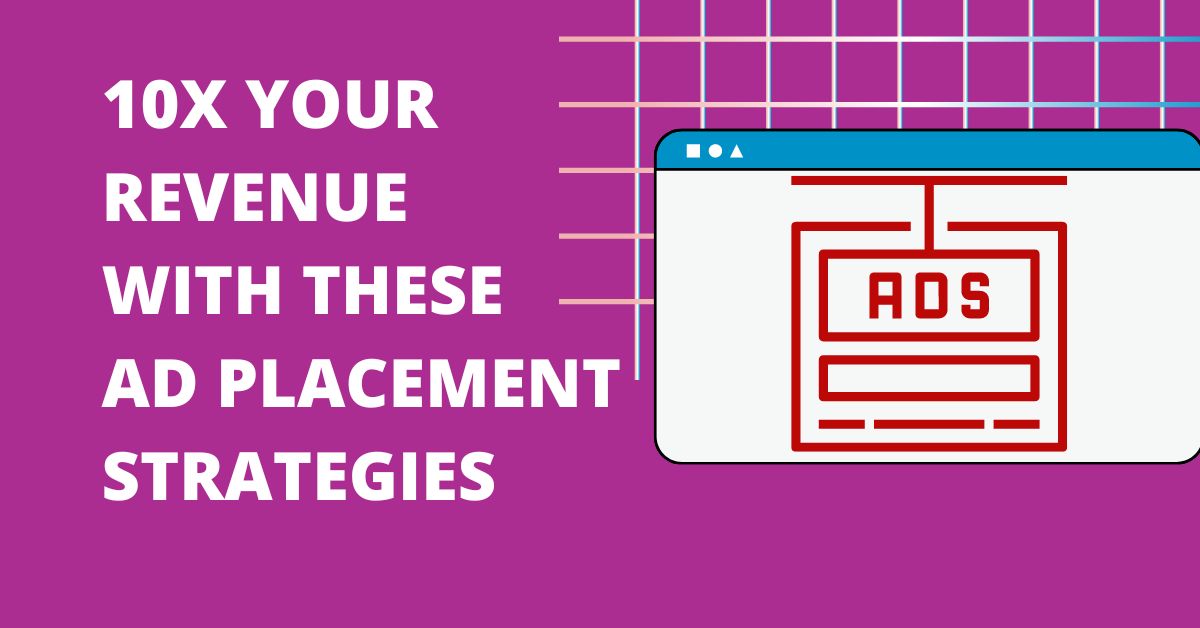
This post was most recently updated on January 5th, 2025
Ad optimization should start on a solid foundation, which includes planning where to place your ads, ad sizes to run, maximum and minimum count of ads per page, choosing ad formats, while providing users the best user experience. In this article, we’re going to share tips and tricks, and best practices on ad placement.
Using the right tool to deploy your tags matters as much. When it’s straightforward and user-friendly, you save time and can focus on other important tasks. You should also be ready to debug if any issue arises after deployment. This entire process brings its own set of challenges, and as long as you know the direction you’re going for, it should be easier to manage.
Deciding on ad placements is not a one-shot deal. It requires a lot of data analysis and constant changes until you’re fully satisfied with the numbers you see. Every site is unique, and you should be able to strategize around improving ad performance without compromising user experience.
Website area directly influences your ad placement strategy because it determines ad visibility. Above-the-fold (ATF) placement offers immediate visibility and commands higher prices due to better viewability potential. However, overloading the ATF area risks harming user experience.
Below-the-fold (BTF) ads have a visibility challenge but can still be successful if your content keeps users engaged and scrolling. Consider placing BTF ads at natural breaks in your content. Always keep in mind that lazy loading for BTF ads boosts page speed.
Think about device responsiveness (how ads display on different screen sizes) and use data like scroll depth to fine-tune your BTF placements. Prioritizing user experience while maximizing ad visibility is the key to a successful ad placement strategy.
(Filter by device category: Desktop, Connected TV, Setup Box first, then Smartphone, Feature Phone, Tablet)
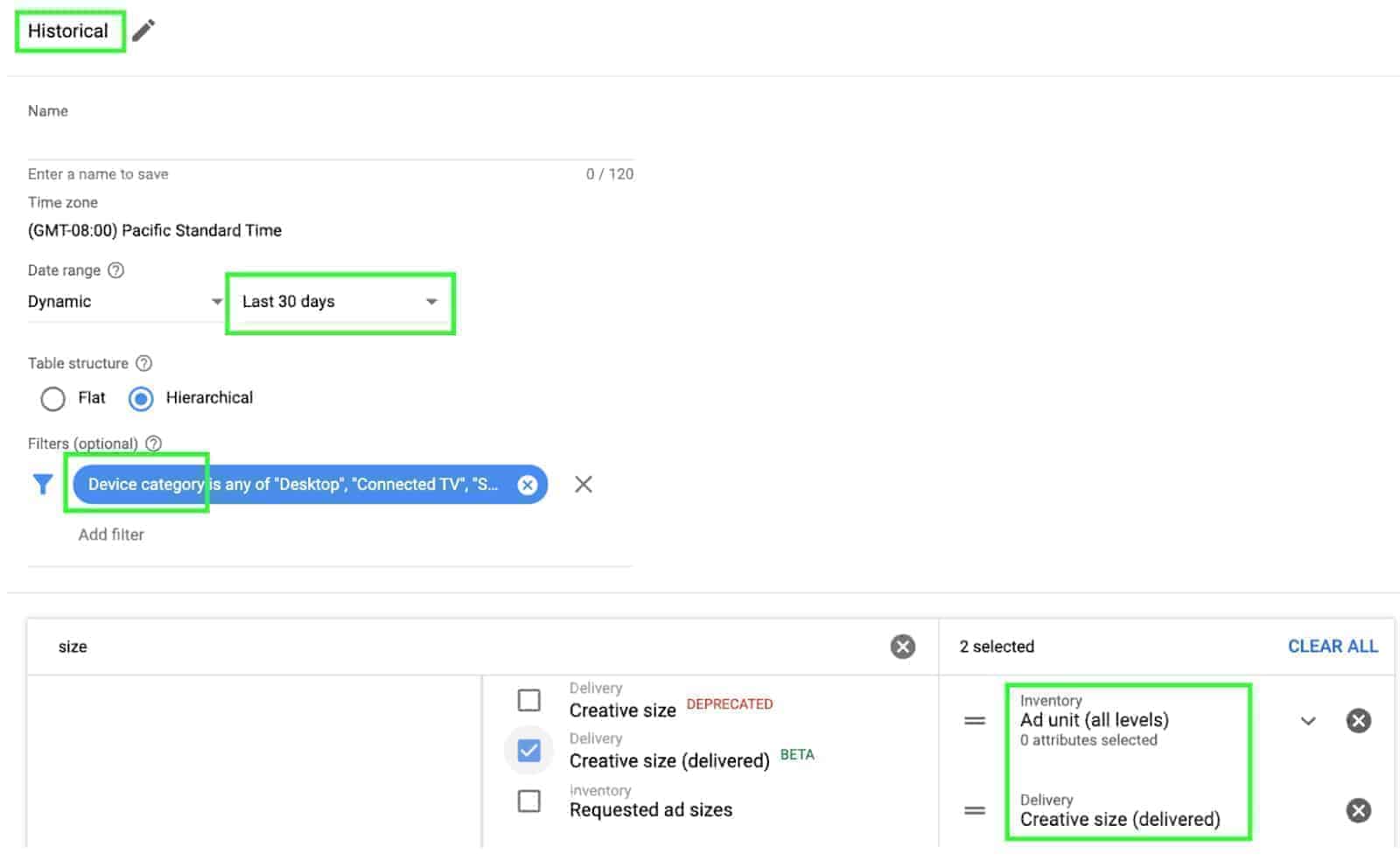
If no GAM, but you have AdSense, run a report on AdSense (or request the publisher to provide the report if you don’t have access). Follow the setup below to see the Active View Viewable %.

There’s more you can do with Google Ad Manager, and Google AdSense reports. Check out PubGuru University.
Pay attention to the bad performing ones – low viewability % (less than 50%) is usually where the opportunity lies.
Also, pay attention to the volume of traffic (Total code served count). Negligible numbers are most likely cached and not an indication of the inventory being active. Focus only on the ones with decent traffic volume.
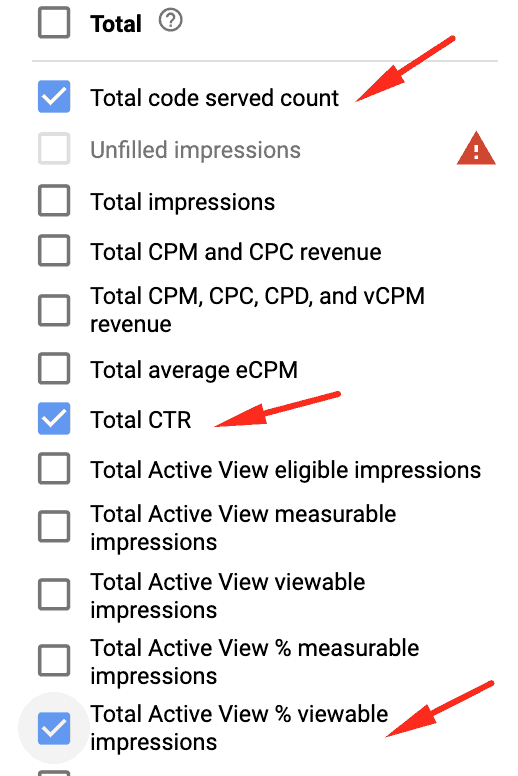
Ad sizes
If you are currently running a single sized ad unit, consider adding more sizes in the mix and make it flexible. When multiple ad sizes are configured, they all compete in the auction, and the best paying size wins. When choosing which ad sizes to run, consider the following:
1) Spot where the ad is to be deployed (e.g. can’t run horizontal ads on a sidebar, and vice versa)
2) The top-performing ad sizes:
Desktop: 970×250, 970×90, 728×250, 728×90, 336×280, 300×250, 300×600, 160×600
Mobile: 320×50, 320×100, 300×250, 336×280
3) Smaller ad sizes usually perform worse than the bigger ones. On mobile, add 300×250 to the mix where applicable.
Ad spots
Above-the-fold doesn’t necessarily perform better than Below-the-fold. Depending on your site layout, users tend to scroll down right away to consume your content. The following spots potentially perform best:
1) Mid-content (in between paragraphs)
2) Right below or above an image content
3) Close to navigation links or buttons
4) Sticky units
1) What is the user trying to accomplish on your site?
2) What do they do when they land on a specific page?
3) Where do they focus their attention?
Help yourself by correctly naming your ad units, making it easier to optimize and manage. When you run reports, or do random quality checks on-site, ad unit names should make sense. If you currently have confusing ad unit names, create a new set! Don’t just change the name of the pre-existing ones. Ad unit code is not editable, and it’s highly recommended for the name & ad unit code to match (applies to those using Google Ad Manager).
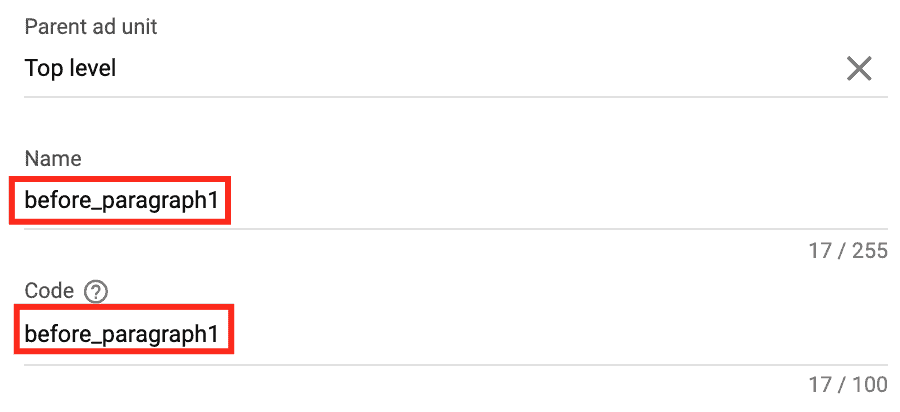
Number of ads to run
Although Google has removed the restrictions in terms of the number of ads/page, they recommend at least a 50:50 ratio of ads to content. You may have fewer ads than content, but never more ads than content. The magic number is 5 (five). Once you implement more than 5, you’ll start seeing performance plummeting. The Law of Diminishing Returns also applies here. Competition starts to loosen up. Buyers won’t bid high CPMs anymore because they still get the opportunity to display their ads, given the many available ad slots.
Rule of thumb: Do not implement more than five ad units per page unless essential (e.g., lengthy content).
For mobile, put a single ad unit at the bottom (sitting right above the fold), then skip a screen height → then another ad unit → another screen height → another unit → , etc., up to 5 units.
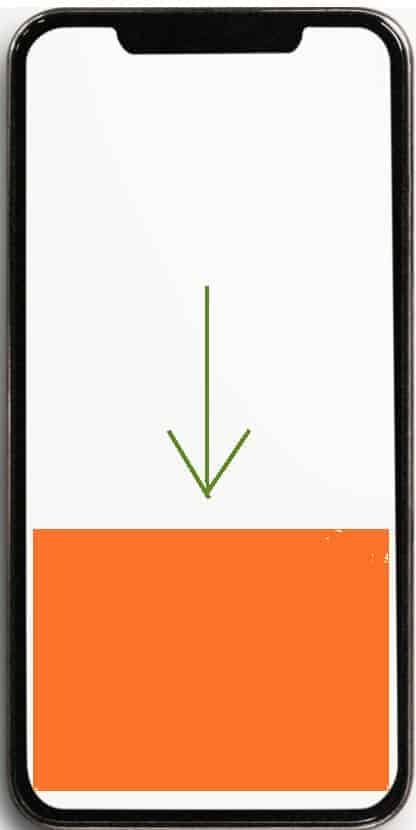
Intrusive ads (e.g., outstream)
This type of ad can be an incremental revenue source but can negatively impact your other ad units. When it covers the ads, viewability and CTR drop, and CPMs follow along. When running non-standard ads, do it slowly, testing one section at a time and closely monitoring performance per ad unit.
Run your Google Analytics report and look at your:
All these are key performance indicators of your site’s content quality. When users are not engaged, they are not engaged with your ads either. Revisit these metrics and identify how you can get users to stay longer and browse more pages.
Google’s research has found that 53% of mobile web visitors leave if a webpage doesn’t load within three seconds. Ouch! Use PGAI V2 to troubleshoot issues in real-time that could be affecting your site speed. Also, check out https://developers.google.com/publisher-ads-audits.
Follow these guidelines and policies for compliant and effective ad placement on a website:
Here are the top 5 strategies for ad placement optimization to maximize effectiveness and revenue:
| Strategy | Description |
|---|---|
| Understand Your Audience | Analyze your website’s demographics and user behavior patterns. Where do users spend the most time? What types of content engage them? Tailor ad placements to match these insights. |
| Prioritize Viewability | Focus on placements with high viewability scores (meaning ads are most likely to be seen). Above-the-fold placements typically have higher viewability, but strategically placed below-the-fold ads can be just as effective. |
| Emphasize Content Flow | Integrate ads seamlessly within your content. Place them near natural breaks or points where users might pause while reading. |
| Test and Optimize | Employ A/B testing tools to experiment with different ad formats, placements, and densities. Continuous testing reveals what combinations truly perform best for your audience and layout. |
| User Experience (UX) | Never compromise the reader experience for the sake of ads. Intrusive pop-ups, auto-play videos with sound, or ads that significantly slow load times all harm UX. |
Below are some of the best practices for ad placement. Again, every site is unique, and some of these recommendations might not apply to you. Nevertheless, it’s a good starting point.

Recommended sizes:
GAM: 970×250, 970×90, 728×90, 728×250
AdX hardcoded: 970×250

Recommended sizes:
GAM: 728×90, 728×250, 300×250, 336×280
AdX hardcoded: 728×250

Recommended sizes:
GAM: 300×600, 300×250, 336×280, 160×600
AdX hardcoded: 300×600

Recommended sizes:
GAM: 728×90, 970×90
AdX hardcoded: 970×90
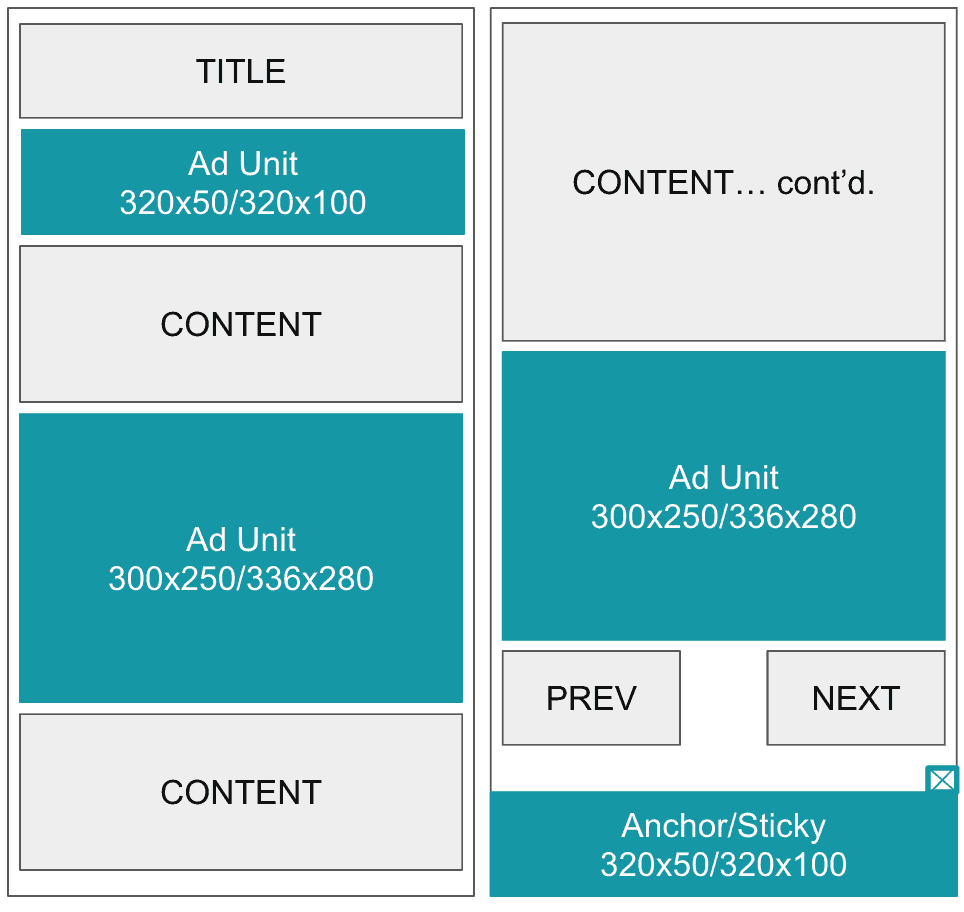
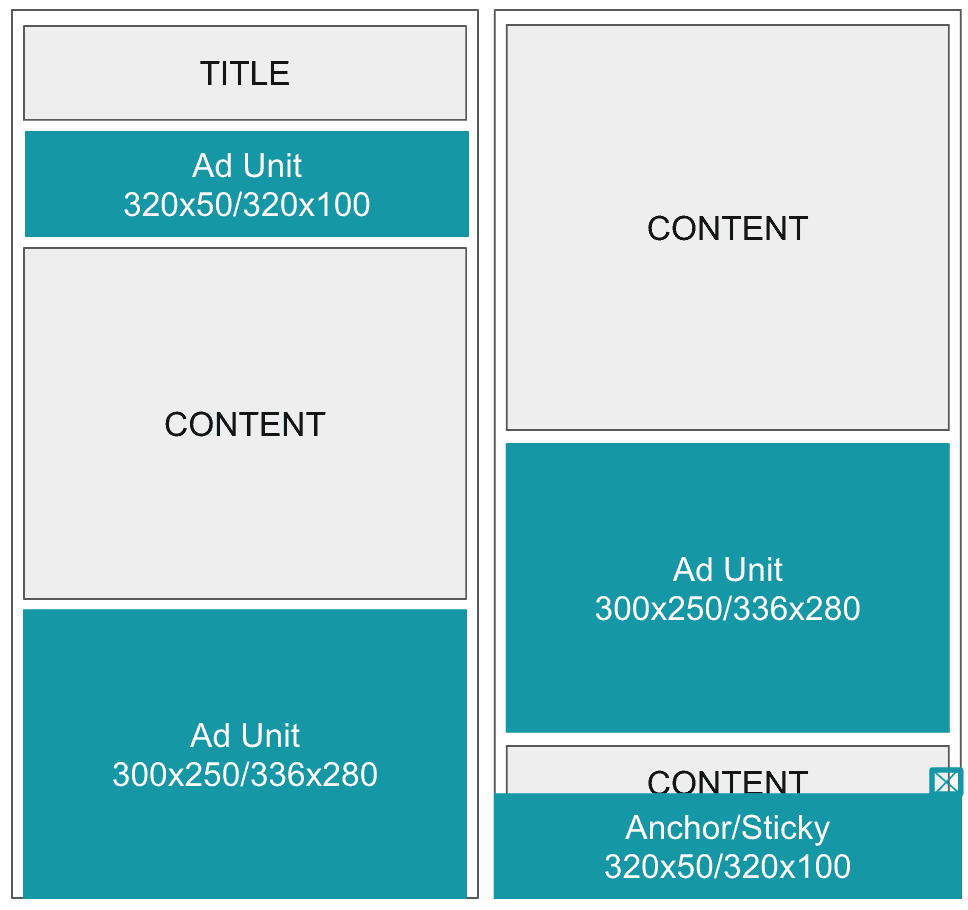
Prioritize your primary content above the fold. This means ensuring readers immediately see the most valuable parts of your article. Overloading the above-the-fold area with ads can harm user experience and drive visitors away. Instead, prioritize content first and introduce ads in a way that feels natural and non-intrusive.
Use below-the-fold space strategically. Consider placing ads between natural breaks in your article content where users are likely to pause. To maintain fast page loading speeds, implement lazy loading for BTF ads. This means they only load as the user scrolls down the page, preventing slowdowns.
Focus on ad viewability rather than just placement. Some BTF ads can be just as effective as ATF if they are well-placed and have high viewability (meaning users actually see them). Track metrics like scroll depth to understand where on your page users are most engaged.
Always remember to test and adjust. Experiment with your ATF and BTF ad ratios, try different formats, and rely on your analytics data to understand what works best for your website. Consider your specific audience and your content type when finding that optimal balance. Also, remember that user experience should always remain a priority.
Monitor performance per ad unit after going live. If using GAM, run a Historical report, break it down by Ad Unit, and by date. Be on the lookout for any weird spikes or drops. Expect the numbers to drop initially and should slowly stabilize as days go by.
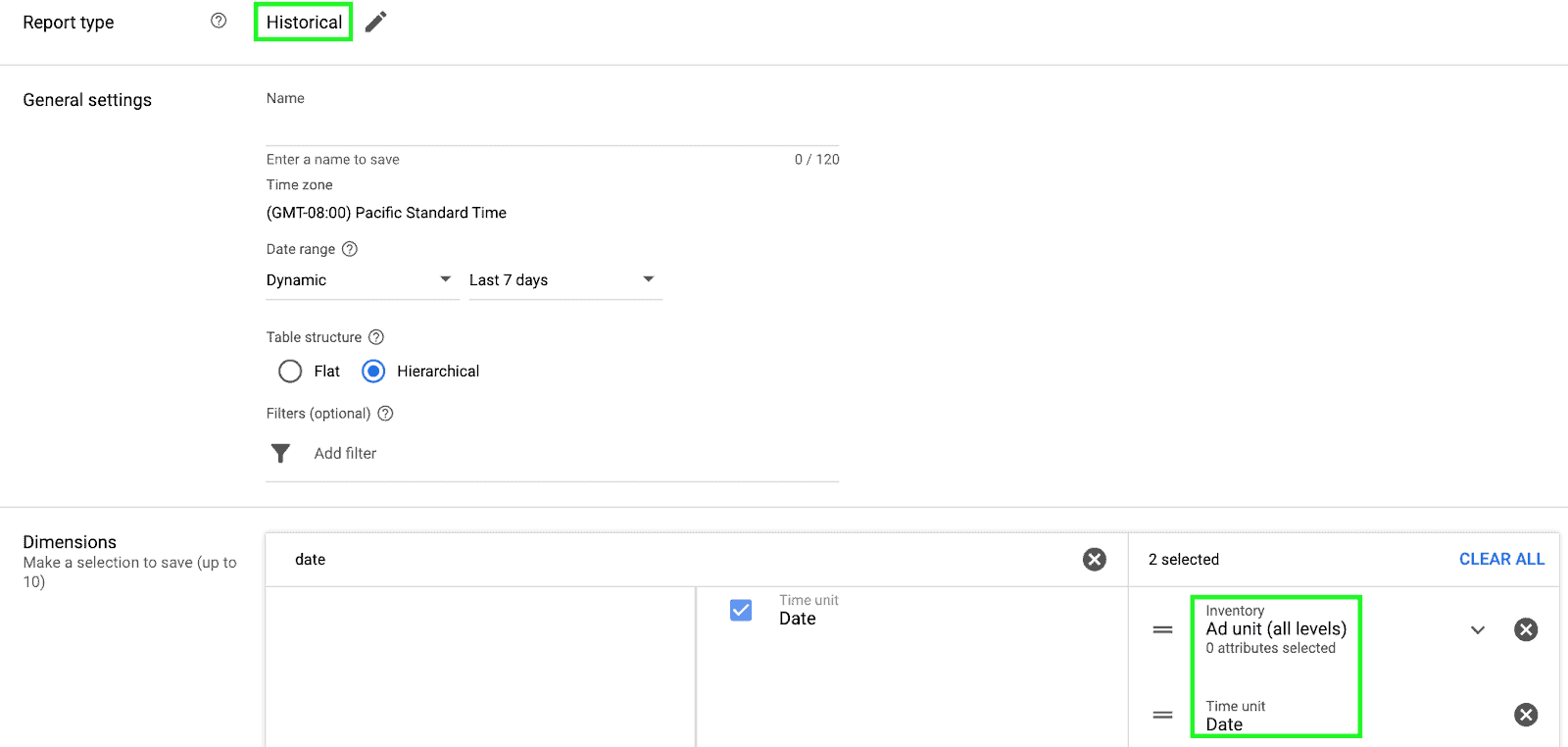
Important metrics:
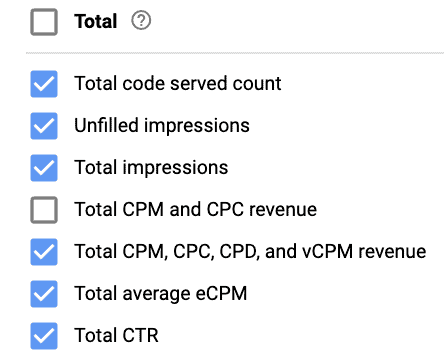
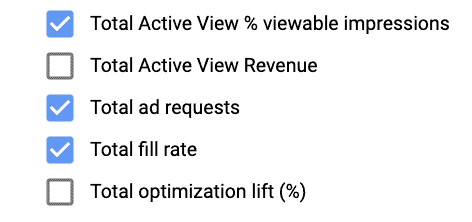
To calculate your Unfilled Impressions %:
=Unfilled impressions / Total ad requests
Learn more about the important metrics you should pay attention to and how to address abnormal fluctuations in PubGuru University.
MonetizeMore offers a full suite of tools and services to simplify ad optimization and maximize publisher revenue. Here’s what sets them apart:
With this guide, you can become an expert with ad placements! However, it does take a lot of work, knowledge, and tweaking to get everything working as it should. If you don’t have the time to test and manage your ad placements for optimal performance, let MonetizeMore do it for you! We’ve got teams of ad optimization experts working around the clock to maximize ad revenue for our publisher partners. Are you ready to take your ad revenue to the next level? Get started here!
Generate the profit attribution report through MonetizeMore’s PubGuru dashboard of your existing placements and their performance basis on viewable impressions, CTR, and overall ad RPMs. Keep the best-performing ones and reconsider the unsatisfactory ones. Also, these numbers should serve as your baseline to compare further test results.
Viewability = Value: Ads that users actually have the opportunity to see (viewable ads) are far more valuable to advertisers than those that aren't. Publishers can charge higher prices for ad placements that consistently deliver high viewability scores. Viewability also helps expose potential ad fraud – abnormally low viewability scores can indicate hidden placements or bot traffic.
Paying attention to the size of your ads is essential to ensure that they are visible and effectively reach your audience. Using popular ad sizes like leaderboard ads that have high demand among advertisers can help maintain a good fill rate and increase the chances of your ads being displayed. Additionally, make sure to comply with the policies of your ad network, exchange, and SSPs to avoid any issues with ad placements. Adhering to standards for viewability ensures that your ads are seen and have the opportunity to make an impact. This involves placing ads where they are more likely to be seen by users, such as above the fold or within content that users interact with frequently. Considering user experience is also vital when testing ad placements. Ads should not disrupt the user experience or negatively impact site performance. Hitting the right spot between monetization and user experience is key to achieving optimal results. Ensure that ads are relevant, non-intrusive, and do not slow down the site loading speed.
To explore advanced ad formats that can potentially enhance ad performance, one strategy involves focusing on specific placements that tend to yield better results. Placements like interscroller ads are often highlighted as top-performing locations for ads. Additionally, considering innovative formats such as sticky sidebar banners that remain fixed on the viewer's screen can offer a unique visibility advantage.
Traffic analysis provides publishers with valuable insights into their audience's behaviors and preferences. By closely examining metrics such as monthly users and page views, publishers can fine-tune their ad placement strategies to target specific regions where the majority of their users are located. This enables them to customize their ad size and format to better resonate with their audience, increasing the likelihood of engagement and conversions.

With over ten years at the forefront of programmatic advertising, Aleesha Jacob is a renowned Ad-Tech expert, blending innovative strategies with cutting-edge technology. Her insights have reshaped programmatic advertising, leading to groundbreaking campaigns and 10X ROI increases for publishers and global brands. She believes in setting new standards in dynamic ad targeting and optimization.
10X your ad revenue with our award-winning solutions.